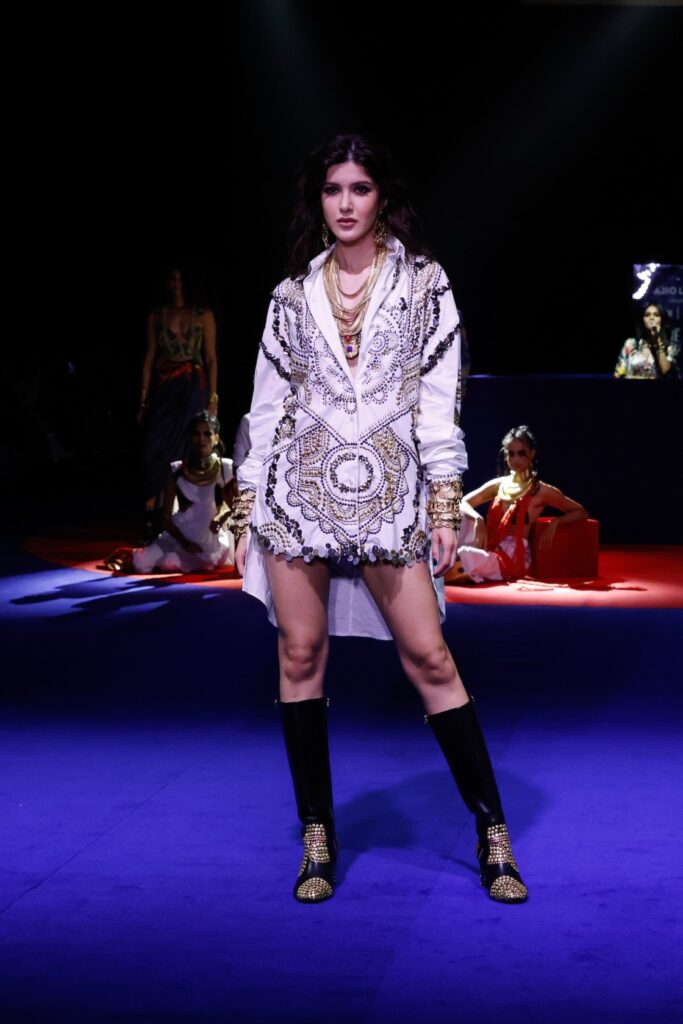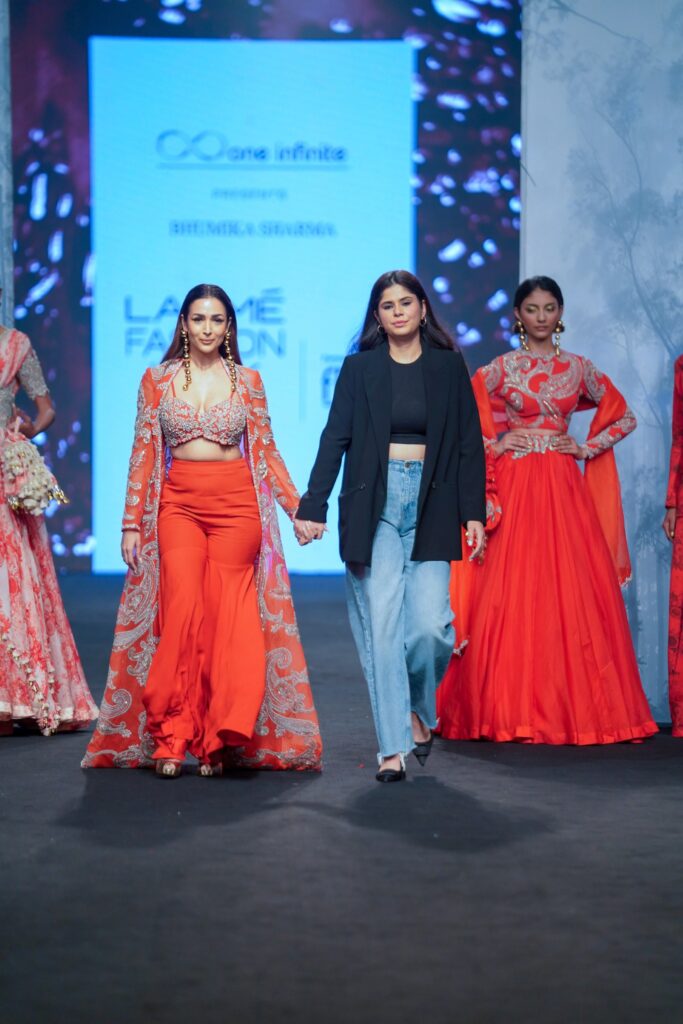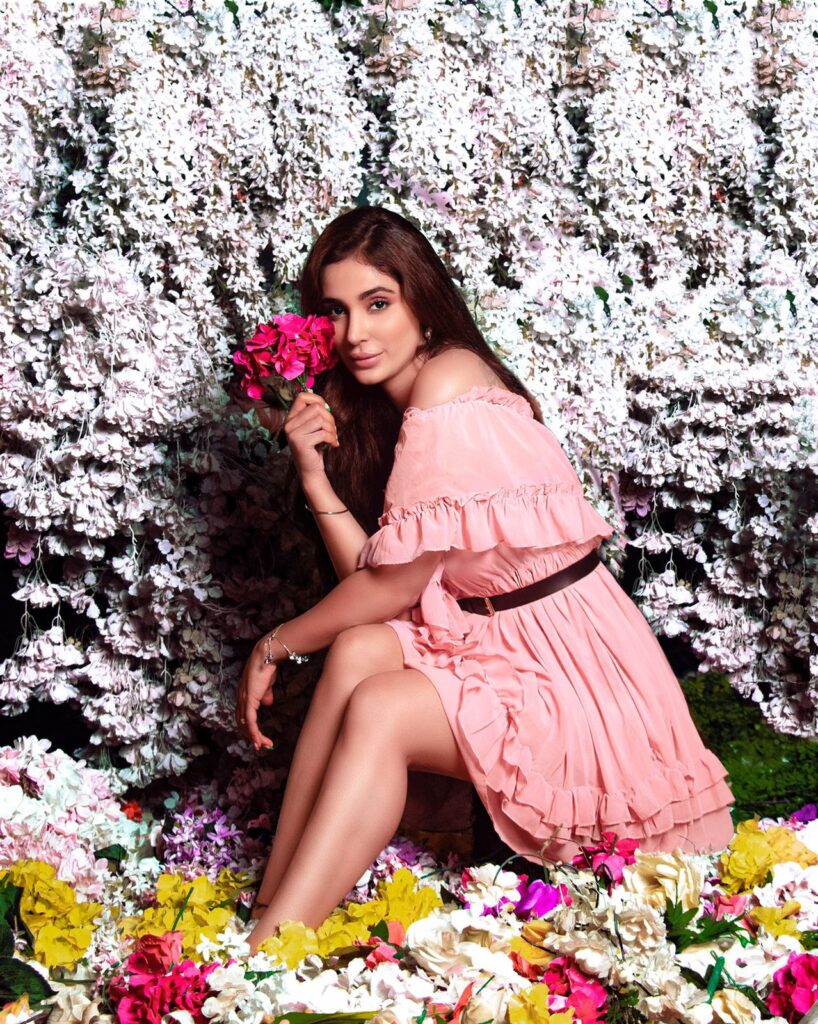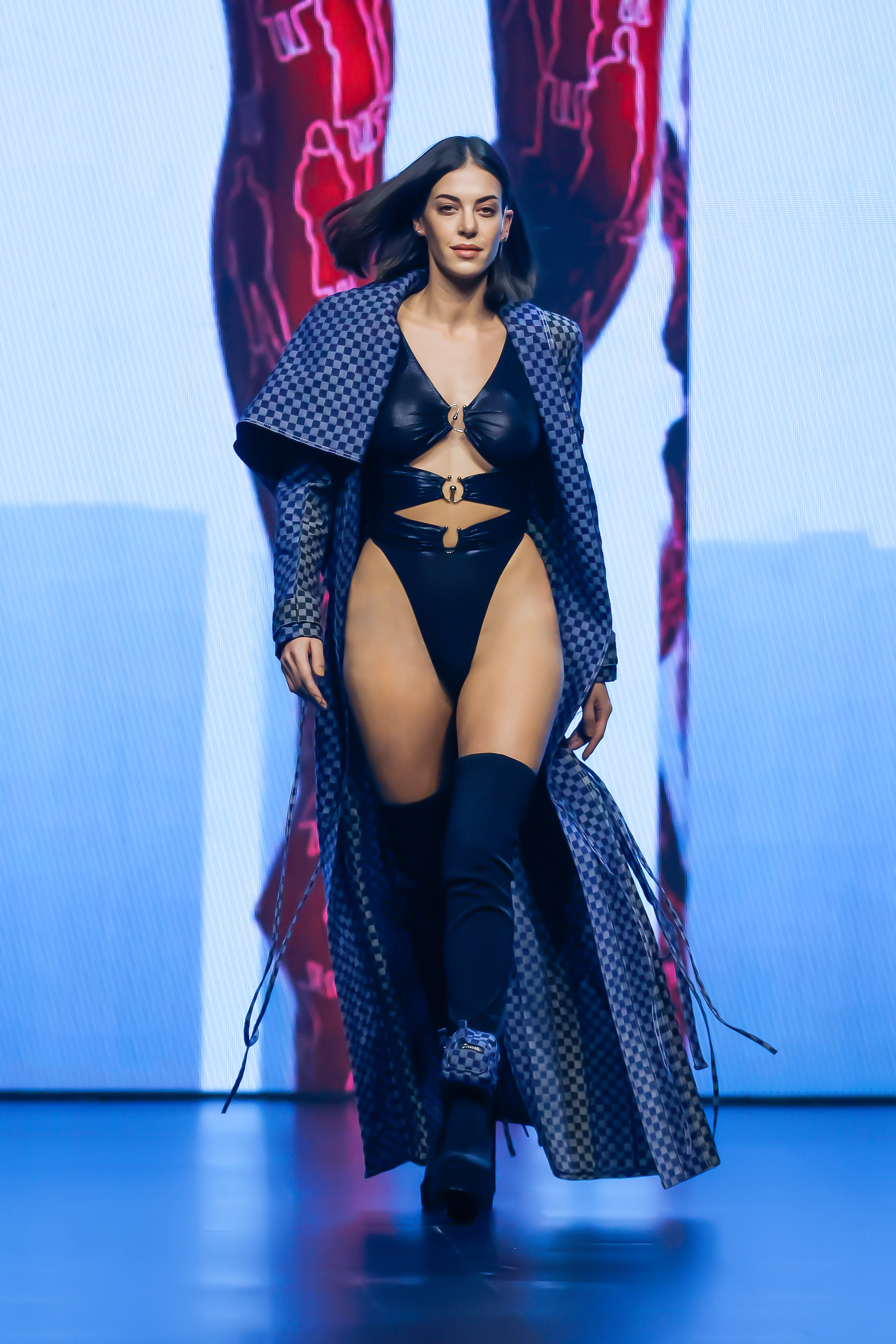Editorial
Vibrant Visions: Exploring the Power of Color in Indian Fashion
Color is more than just a visual experience; it’s a powerful language that communicates emotions, cultural values, and personal identity. In India, a country renowned for its rich heritage and diverse traditions, color plays a central role in fashion, influencing everything from festive attire to everyday wear. The psychology of color in Indian fashion is deeply intertwined with cultural symbolism, religious beliefs, and societal norms, making it a fascinating subject to explore.

The Cultural Significance of Color in Indian Fashion
In India, colors are imbued with profound meanings that go beyond mere aesthetics. They are a reflection of the country’s vibrant culture and spirituality. Each hue carries its own significance, often dictated by region, religion, and occasion.
Red: The Color of Passion and Power
Red is arguably the most significant color in Indian fashion, symbolizing love, power, and purity. It’s the color of marriage, with brides traditionally adorning themselves in red saris or lehengas, symbolizing their commitment and fertility. Beyond weddings, red is also worn during festivals and ceremonies, signifying auspiciousness and celebration.

Yellow: The Hue of Happiness and Holiness
Yellow is associated with joy, wisdom, and spirituality in Indian culture. It’s the color of turmeric, a spice that holds sacred and medicinal properties. During religious ceremonies, yellow is often worn to invoke peace and purity. In fashion, yellow is celebrated during festivals like Basant Panchami, where it symbolizes the arrival of spring.
White: The Shade of Purity and Peace
In contrast to its vibrant counterparts, white in Indian fashion symbolizes purity, peace, and renunciation. It’s traditionally worn during mourning and spiritual rituals. However, in recent years, white has also become a popular choice for modern, minimalist fashion, representing elegance and simplicity.
Green: The Symbol of Fertility and Renewal
Green is the color of nature, fertility, and renewal in Indian culture. It’s often associated with prosperity and new beginnings. In fashion, green is a popular choice for festive occasions, especially during the monsoon season, symbolizing the lushness and abundance of nature.
Blue: The Color of Calm and Compassion
Blue, though not as commonly used as red or yellow, holds a unique place in Indian fashion. It symbolizes calmness, compassion, and the infinite sky. It’s the color of Lord Krishna, one of Hinduism’s most beloved deities, representing divine love and protection. In fashion, blue is often used in traditional attire like saris and kurta-pajamas, as well as in contemporary designs that evoke a sense of serenity.

Black: The Shade of Elegance and Mystery
Black in Indian culture has a dual significance. Traditionally, it’s considered inauspicious and is often avoided during religious ceremonies. However, in modern fashion, black is embraced for its elegance and sophistication. It’s a popular choice for evening wear and formal occasions, symbolizing power and mystery.
The Psychological Impact of Color in Indian Fashion
The psychological effects of color in Indian fashion are deeply rooted in the emotional and cultural connections people have with different hues. These colors not only reflect individual personalities but also influence the mood and behavior of both the wearer and the observer.

- Influence on Mood:
- Colors have the power to evoke specific emotions. For instance, wearing red can instill confidence and energy, while blue can have a calming effect. Indian fashion designers often leverage these psychological effects to create garments that resonate with the intended mood of an event or occasion.
- Cultural Identity:
- Color in Indian fashion is a strong marker of cultural identity. For example, different regions have distinct color preferences—Bengali brides are known for their red and white saris, while in Kerala, the traditional kasavu saree is white with gold borders. These regional color traditions reflect the cultural diversity of India and contribute to a sense of belonging.
- Symbolism and Rituals:
- Colors in Indian fashion are often chosen based on their symbolic meanings in rituals and traditions. For example, during Diwali, the festival of lights, people wear bright colors like yellow, orange, and red to symbolize joy and prosperity. Similarly, during Holi, the festival of colors, people wear white, which serves as a canvas for the vibrant colors thrown during the celebration.
- Fashion Statements:
- In contemporary Indian fashion, color is also a statement of style and individuality. Designers experiment with bold, unconventional color combinations, breaking away from traditional norms to create unique, modern looks. This has led to the rise of fusion fashion, where traditional Indian garments are reimagined with contemporary color palettes and designs.
The Ever-Evolving Palette of Indian Fashion
The psychology of color in Indian fashion is a reflection of the country’s rich cultural tapestry, where each hue tells a story and carries a legacy. From the deep reds of bridal wear to the serene blues inspired by mythology, colors are not just a matter of style but a medium of expression, emotion, and tradition.

As Indian fashion continues to evolve, so too does its relationship with color. Designers and fashion enthusiasts alike are constantly exploring new ways to incorporate traditional color symbolism into modern fashion, creating a dynamic and ever-changing palette that honors the past while embracing the future.
In the world of Indian fashion, color is more than what meets the eye—it’s a celebration of life, culture, and the endless possibilities of self-expression.

































